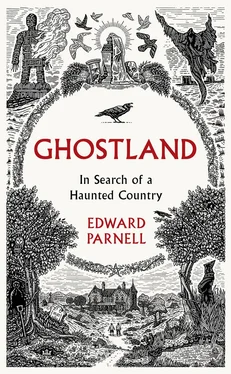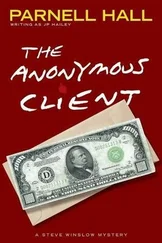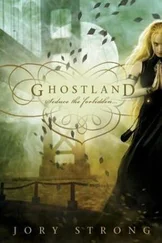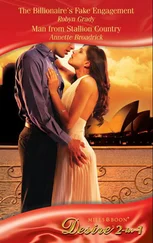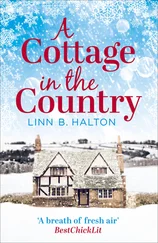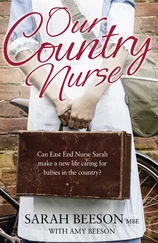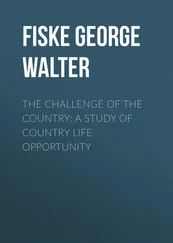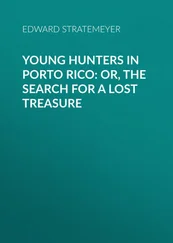1 ...7 8 9 11 12 13 ...19 Locating a route remains as difficult but, fittingly, for the final winding stretch Lou Reed’s ‘Halloween Parade’ shuffles into play on my phone through the speakers of my radio – my brother’s cassette tape of the 1989 album New York on which the song appears was an ever-present fixture in the car we shared at the start of the 1990s. This track, with its elegiac roll-call of those lost to Aids, seems particularly poignant today, putting me in mind of earlier visits and faces I too will never see again. Finally, assisted by the sight of a particular Second World War pillbox, and finding the familiar crucial left turn, I arrive at the makeshift parking area behind the sea wall. It’s tattier than I remember, a fly-tipper’s paradise with a broken-open piano littering the scrub, its redundant loose keys strewn among the long grass.
I used to love the anticipation before you ran up the grassy bank: would the tide be in so that you’d feel yourself standing at the seaside, or would you be confronted with a green-and-brown expanse of mud and saltmarsh, the distant water barely visible at the edge of your vision? In the summer the landscape seemed kinder, its harsh edges softened by the pale blooms of cow parsley that grew rampantly along the dykes. My grandad called it ‘kek’, and one of his sluice-keeping tasks would be to burn off it and the other weeds that would clog the drainage ditches later in the season; in his eighties and early nineties, when I drove him around his old stamping ground, he would wistfully point out tinder-dry stands of dyke-side grasses he’d like to put a match to.
Peering into the distance you could see the shimmer – a sort of Fata Morgana – of ghostly half-real structures further round the coast. Like the ugly squat slab of the Pilgrim Hospital, the name honouring the group of Christian separatists who, in 1607, attempted to sail from the port of Boston to find religious freedom in the Netherlands (and later the New World), only to be betrayed by their skipper and end up imprisoned in the town’s guildhall. Or the 272 foot ‘Stump’ of Boston’s towering church, where in September 1860 an ominous-seeming cormorant alighted, its arrival presaging the simultaneous sinking a continent away in Lake Michigan of the Lady Elgin and the loss of 279 souls, including the town’s MP, Herbert Ingram (who also happened to be the founder of The Illustrated London News ), and his fifteen-year-old son.¶
The unfortunate, portentous bird was shot the next morning, the badly stuffed specimen spending the following forty years on display in a local pub before being mislaid and vanishing from view.
One time, as a teenager, I came here late at night with my friend Piete – the spelling of his name reflecting the area’s Dutch history – after we’d liberated ourselves from the constraints of small-town existence by passing our driving tests. The parking area was empty, illuminated by the full moon, but we didn’t linger long after stepping from the car because the cacophony coming over the sea wall from the roosting curlews and oystercatchers seemed amplified to an unnatural degree, like the ‘strange cries as of lost and despairing wanderers’ that M. R. James describes in ‘Lost Hearts’. Later, while at university, I visited with my girlfriend at dusk and we became spooked by the weird greenish tone that the sky over the Wash had taken on: the vista lends itself to such fancies. Now I think it must have been the northern lights pushed far to the south due to an unusually high level of solar activity.
Today, as on most of my impromptu visits, the water is way out. The sky is ashen, the panorama drab. A few brent geese, small dark-bellied wildfowl that winter in East Anglia and breed in western Siberia, are flying over the far mudflats; their name is thought to be derived from the Old Norse word brandgas , denoting ‘burnt’ – a reference to the species’ dusky colouring. I follow the sweep of the sea bank around to my left. On the inland side the amorphousness of the marsh gives way to an artificial angularity: vast arable fields punctuated by ragged hedges and occasional coverts, bisected by wide drainage ditches. It’s quiet, the only sound the familiar piping whistle of a lone redshank that flicks up from a creek.
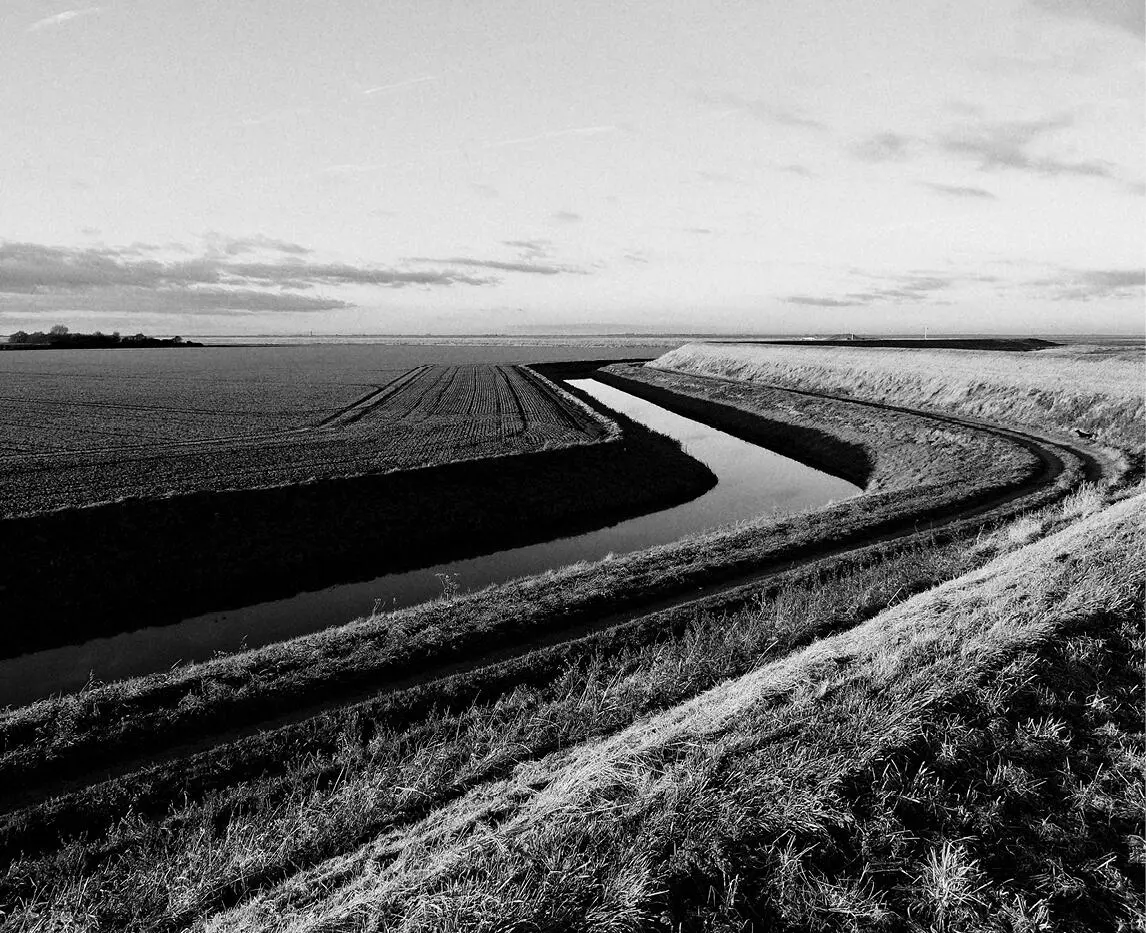
As well as being a childhood Sunday afternoon ride out, this place was later to become a regular hangout for my brother and me, though by then we’d learnt to try and time our visits to coincide with the rising waters, arriving an hour or so before the waves were at their height, when the birds would be pushed up onto the small artificial spit of land that extends out from the pumping house. Once a tame common seal lolled in the water a few feet away, eyeing us curiously, while on other fortunate occasions we sat entranced as whirlwinds of waders newly arrived from their Scandinavian and Arctic breeding grounds, settled close by in the late-summer sunshine.
Surprisingly, this very spot was also chosen as a location for the somewhat underwhelming 1992 adaptation of Waterland . The nondescript brick pumping station was temporarily transformed into a Victorian two-storey, tile-roofed sluice-keeper’s cottage. Chris and I pushed Mum, now in a wheelchair like her mother before her, along this same stretch of bank soon after filming had finished in the autumn of 1991, the three of us impressed by the sham house in our midst; on the way back to the car, we paused to look at a fresh-in fieldfare – a wintering migrant thrush from northern Europe, its name literally meaning ‘the traveller over the field’ – that landed, cackling, on the barren ploughed ground across the dyke. Watching the film at the cinema the following year – though Mum was not with us to see it – it was hard to suspend disbelief at the Cricks in their illusory cottage, or when Jeremy Irons ascended in a few steps from what was obviously the inland Cambridgeshire Fens to these desolate coastal saltmarshes.
I stand on the bank contemplating my own history, studying the curve of two parallel creeks that meander towards the promise of the sea. I came here with my cousin a day after my dad died, to try to kill some of the empty, dragging time before the funeral. In the edgeland adjacent to the car park, a migrant grasshopper warbler – for once not skulking at the back of some reedbed – was balanced on top of a bramble, from where it delivered its song with gusto: a high-frequency staccato my ears would now strain to hear, the sound like a fishing line being reeled in. Across the mud shimmered the brooding, blocky mirage of the Pilgrim Hospital, which my father had entered a few weeks before and never left.
For me this is a melancholy place, haunted by the ebbs and flows of its past associations.
In the final paragraph of Waterland , as Tom Crick scans the surface of the Great Ouse for his lost brother, Swift surely alludes – ‘We row back against the current …’ – to one of the great last lines of literature, and a book, The Great Gatsby , I was to study a few months after wheeling my mother in her chair along the bank, all those memories ago: ‘So we beat on, boats against the current, borne back ceaselessly into the past.’
Out on the Wash a group of shrimp trawlers cluster together in what is left of the dying daylight.
I shall not rush to return.
Seven miles as the brent goose flies, though a winding eighteen by car, and I am between a white lighthouse and the canal-straight channel of the Nene. ‘Down here the river has a surging life of its own, compensating (for those attuned) for the flatness of the surrounding country,’ states Robert Aickman, author of forty-eight hard-to-classify ‘strange tales’ and also, perhaps somewhat incongruously, the co-founder of the Inland Waterways Association.** The building before me is Sutton Bridge’s East Lighthouse; its near-identical twin is located on the opposite bank. Built between 1829 and 1833 and designed by John Rennie, the architect of Waterloo Bridge, to delineate the river’s mouth, the East Lighthouse was an early home of the conservationist Peter Scott, son of the ill-fated Antarctic explorer Captain Robert Falcon Scott. Aged twenty-four, Scott arrived at this secluded stretch of river in 1933 to find a purpose for himself; he was to live here, on and off, for the next six years. It was the place where he honed his wildlife painting and wrote his first two books, and where he kept his original collection of wildfowl on the expansive pools that used to be found on the saltings between the lighthouse and the Wash.
Читать дальше
